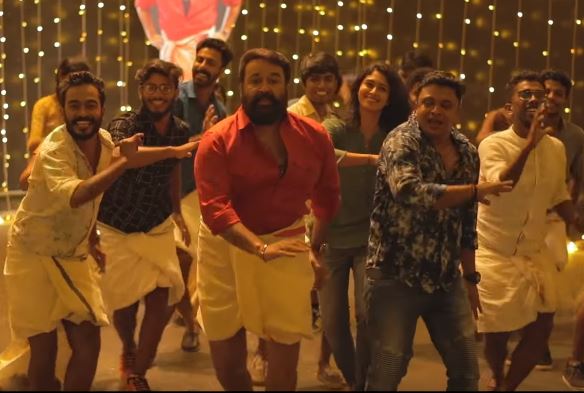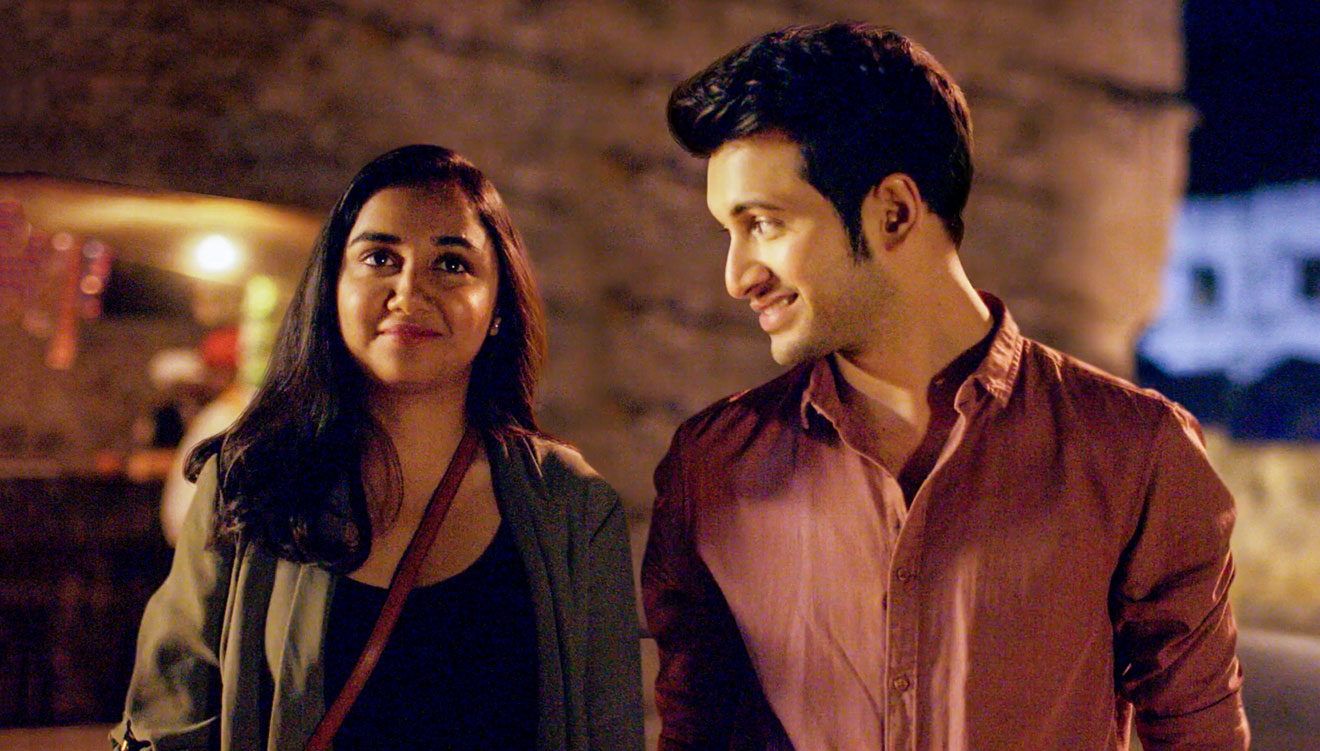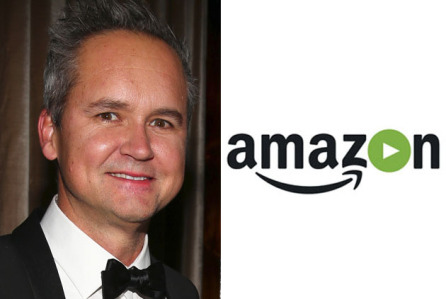A new video from the team of Balaji Tharaneetharan’s Seethakaathi features Vijay Sethupathi as a septuagenarian theatre artiste, one of the two characters he plays in the film. The video documents the 41-year-old actor’s journey to Los Angeles, to the studio of Oscar-winning make-up artiste Kevin Haney and Alex Noble, where he undergoes hours-long make-up process to turn into an old man with wrinkled skin and bulked up cheeks. Sethupathi is unrecognizable and the look is flawless when compared to the other prosthetic-aided physical transformations Tamil cinema has seen in the past.
Kamal Haasan was, by far, the one who pioneered the use of prosthetic make-up in Tamil cinema. While his transformation as a dwarf in Apoorva Sagodarangal was a combination of intelligent cinematography and some indigenous ‘jugaad’, prosthetic make-up was also used extensively to get the look right. In Avvai Shanmukhi (1997), he played a 70-year-old stout woman, and he sought the help of American artiste Michael Westmore, an Oscar-winner for his work in Mask (1985), who became his favourite collaborator in several forthcoming films. Westmore worked in Indian (1996), directed by Shankar, where Kamal and his co-star Sukanya played an 80-year-old couple. The actor later won a National Award for his performance in the film. Westmore and team worked again in Dasavatharam (2008) where Kamal played 10 characters, ranging from former American President George W Bush, to a 100-year-old woman. In Vishwaroopam, however, he sought the help of a local talent, NG Roshan, a theatre artiste-sculptor from Kerala who studied in the coveted Grease Paint School in London.
Bollywood started the use of prosthetic make-up through Sanjeev Kumar’s Chehre Pe Chehra (1981), a thriller. Incidentally, Westmore was the first makeup artist to create prosthetic makeups for India. He had trained Sarosh Modi, who was Sanjeev Kumar’s personal makeup artist.
Later, when budget and ambitions got bigger, Bollywood approached accomplished artistes from the West to do the job. One of the stunning examples of prosthetic make-up in Bollywood is Balki’s Paa (2009) where Amitabh Bachchan turned into a 11-year-old boy diagnosed with the rare condition of progeria, with the help of Oscar-winning make-up artiste Stephan Dupuis from Canada.
Director Shankar roped in acclaimed studio, Weta Workshops based out of New Zealand, to achieve Vikram’s physical transformation in I (2015). While artistes Sean Foot and Davina Lamont worked on the actor’s ‘beast’ look in a song, the rest of the prosthetic makeup was done by Christien Tinsley and Dominie Till. Sean Foot, later, worked in Shankar’s Enthiran 2.
In the recent past, Mumbai based Da MakeUp Lab has emerged to be one of the most sought after teams for prosthetic works in Indian cinema. The founder, Preetisheel Singh and Mark Troy D’Souza, have to their credit films such as Mom (2017), where Nawazuddin Siddiqui plays a bald detective, and 107 Not Out (2018), where Amitabh Bachchan and Rishi Kapoor play characters at least a decade older than their real self.
The team is also responsible for Atharvaa’s new look in director Kannan’s Boomerang. In an interview to Firstpost, the actor said, “I was interested to know how differently I’ll look on screen. Once the makeup process started, I could barely move in my seat because even the slightest movement would affect the look. I sat in statue mode for about five hours over a course of few days. The process was extremely challenging but looking back I feel proud. I can’t wait to see how audiences will receive the look.”
In spite of the growing crop of talented make-up artistes in India, the traditional preference for foreign artistes is yet to die down. In an interview to IANS, D’Souza said, “Not everyone in the (Hindi) industry is aware that the kind of quality the foreigners give them is available in India. It has been four to five years since we have been doing prosthetics in Bollywood, and slowly the industry is getting to know our work through word of mouth.”
***



